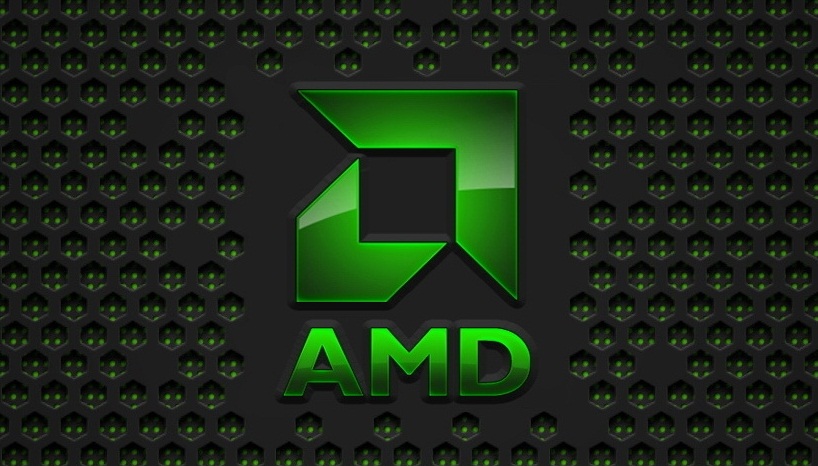

AMD executives have started talking about what they are calling the upcoming “Surround Computing Era”, a vision of a future with myriad compute interfaces and devices infused with greater intelligence, found in everything from PCs and appliances to automobiles and clothing.
The vision laid out at the recent Hot Chips 2012 conference by Mark Papermaster, senior vice president and CTO at AMD, echoes of the trend towards vendors call “the Internet of things” and Intel’s Compute Continuum, but also talks about an era where keyboards and mice give way to “flawless” voice and facial recognition interface capabilities, and where computers, the cloud and the growing number of sensors that are all around can process huge amounts of data in real time.
The intelligence inherent in these computing environments immediately impact the lives of consumers, according to Papermaster.
In a post on the AMD blog site before he gave his Hot Chips presentation, Papermaster outlined an example of how things would work in such an Surround Computing environment.
It’s going to involve continued development of everything from cloud computing environments to store the data to powerful servers to run these data centres to the various devices and appliances that interact with the end user. It also will mean software and services to make Surround Computing a reality.
AMD already is taking a role in the development of the environment, from the accelerated processing units (APUs) that offer integrated computing and graphics on a single piece of silicon, to the continued evolution of its CPUs and GPUs. It also will require a strong computing fabric, such as the one that AMD picked up when it bought SeaMicro earlier this year for $334 million (£210m), and “standard software constantly being updated by thousands of developers”, Papermaster wrote.
His Hot Chips discussion about Surround Computing was part of a busy week for AMD executives, who used both the Hot Chips show and the VMworld 2012 conference to talk about future plans and to roll out new offerings.
During Hot Chips, Papermaster also talked about the upcoming Steamroller core, which will replace the current Piledriver core. Steamroller, which promises to drive faster and more efficient chips, will begin appear next year in 28-nanometre dual- and quad-core APUS (dubbed “Kaveri”) for PCs.
Kaveri also will bring in AMD’s heterogeneous computing architecture, which features both CPU and GPU computing, and is a key part of the drive toward Surround Architecture.
At VMworld, AMD launched the FirePro S9000 and S7000 dual- and single-slot server graphics cards that officials said are aimed at virtual desktop infrastructure (VDI) and workstation graphics systems in data centres. The GPUs, which offer AMD’s Graphics Core Next architecture and PowerTune and ZeroCore Power technologies, offer greater efficiency than previous versions, reducing power consumption by up to 95 percent while idling.
“More companies want to virtualise their IT ecosystem in order to do more with less while remaining responsive to the needs of their users,” David Cummings, senior director and general manager of professional graphics at AMD, said in a statement. “With the arrival of the AMD FirePro S9000 and S7000 GPUs, we are responding to these needs by providing a seamless solution.”
At the same time, AMD announced that it had hired John Gustafson to drive its Graphics Business Unit, including the Radeon and FirePro product lines as well as new innovations. Gustafson, who was named a senior fellow and chief product architect for the unit, came over from Intel, where he had lead the company’s eXtreme Technologies Lab.
The appointment comes at a time when AMD is competing with Nvidia in driving graphics chips development, including for general-purpose computing.
How much do you know about Samsung? Take our quiz.
AI is transforming cybersecurity, offering faster defence and smarter attacks. Learn how businesses can harness…
Search engine giant being sued for £5 billion ($6.64 billion) damages over allegations for online…
H20 chip designed for Chinese market now requires special export licence, as Trump Administration tightens…
Apple reportedly working on lighter, cheaper Vision Pro, another model that links directly to Mac…
OpenAI says GPT-4.1 model family can understand prompts with up to 1 million tokens, features…
Blue Origin jaunt sends Jeff Bezos fiancée Lauren Sanchez into space along with Katy Perry…